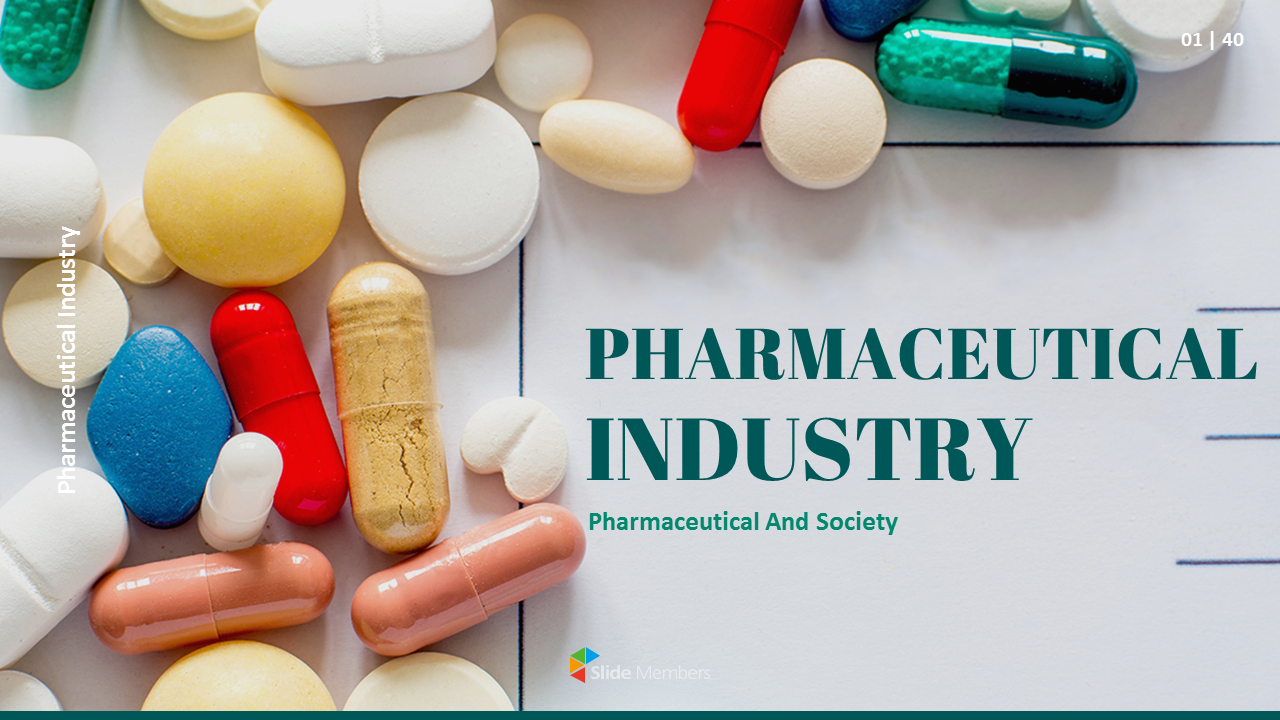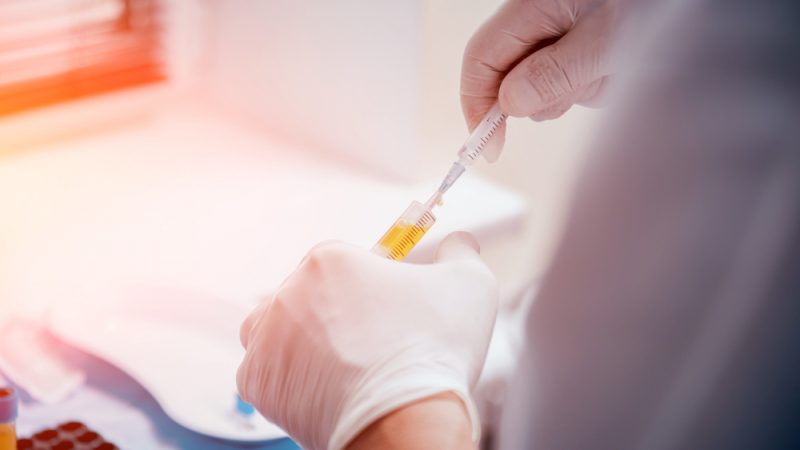
Plasma-derived products - a pharmaceutical market segment with high market concentration
The imbalance between supply and demand in the plasma-derived products industry, coupled with the overall sluggishness of the pharmaceutical market, has led to a significant impact on market sentiment. Unlike other biological products such as vaccines and interferons, plasma-derived products are a special drug made from healthy human plasma, prepared using biological processes or separation and purification techniques for bioactive preparations.
Since plasma-derived products have an important role in medical rescue and prevention and treatment of certain specific diseases that cannot be replaced by other drugs, they are indispensable strategic national reserve materials and are therefore subject to the regulation and influence of policies.
On the other hand, since 2004, there has been a large-scale global industry consolidation, which has resulted in a highly concentrated global market for major plasma-derived products.
In terms of the number of plasma station and plasma collection volume, there are thousands of monopoly plasma stations worldwide, with a plasma collection volume of about 60,000 tons, concentrated in the United States, Germany, the Czech Republic, Hungary and China; among them, there are more than 790 plasma stations in the United States, accounting for about 70% of the global
plasma collection volume. In 1985, China issued the “Notice on the Prohibition of Import of Factor VIII Preparation and other Blood Products”, which clearly stated that “All blood products, except human serum albumin, are prohibited from import by the state”; in 1998, China took the lead in implementing the GMP certification system for the blood products industry. In May 2001, in order to prevent and control the outbreak of major, chronic, blood-borne infectious diseases such as AIDS and hepatitis, China stopped approving new blood product manufacturing enterprises. This means that the domestic blood products industry has not only formed a policy monopoly with high barriers to industry entry, but also has competition only among the stock of companies. As a result, mergers and acquisitions by industry leaders have been frequent since 2008 and have gradually evolved into the market norm, leading to a significant increase in industry concentration.

As mentioned earlier, blood products companies have built a strong moat by virtue of policy barriers. In addition, the level of plasma station barriers and the number of product categories also determine the level of moat of blood product companies. Since the main raw material of blood products comes from human plasma, and human plasma can only be collected by the plasma stations and other institutions.
Up to now, there are 28 domestic blood product enterprises with normal production in China. In 2021, the plasma collected by the monopoly plasma stations of these 28 blood product manufacturers will total about 9,500 tons. Among them, the leading Chinese blood product manufacturers collect more than 5600 tons of plasma, accounting for about 60% of the domestic plasma collection volume. In order to expand production scale and increase market share, they are currently proposing to raise 1.15 billion yuan to invest in the construction of products factories and plasma collection stations across the country. In terms of product variety, the more varieties of blood products a company produces, the higher the plasma utilization rate, and the revenue will be raised accordingly.
In fact, there are more than 150 kinds of proteins and factors in blood, international plasma products leading manufacturers can isolate more than 20 kinds of products from human plasma, including human coagulation factor X, human coagulation factor XIII, vascular hemophilia factor, and more than a dozen kinds of immunoglobulin products, in addition to the existing domestic varieties.

